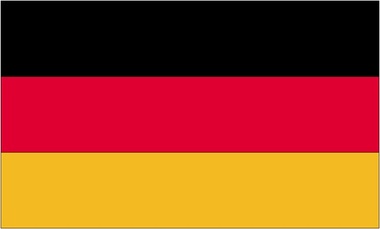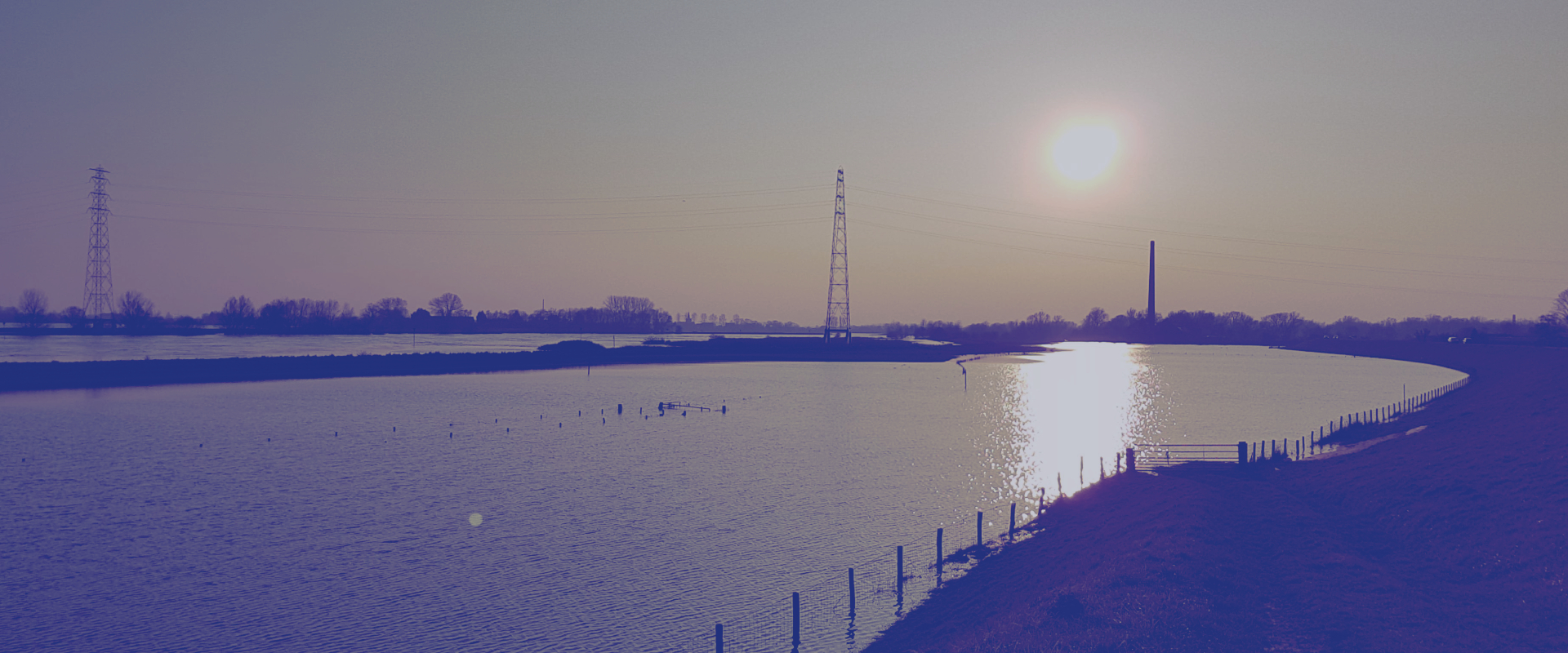Collaboration to reduce contrast agents in river water
Gadolinium-based contrast agents (GBCA) are important for MRI scans, but they also end up in our water via the sewage system, which is bad for the environment and our drinking water. Even if doctors only use them in small amounts per patient, their use worldwide causes a lot of GBCA in rivers. RIWA-Rijn is actively seeking cooperation with radiologists to reduce the use and emission of GBCA.
To tackle this problem, all stakeholders need to work together, including the makers of GBCA, doctors and patients. For example, doctors, especially radiologists, can use less contrast agent during a scan and think better about how they administer it. Moreover, alternatives to disposal through the sewer deserve attention.
In a first scientific article, RIWA-Rijn, together with radiologists, described how GBCA works, how it gets into the environment, and what options there are to limit the damage. That article found great resonance in the medical community, so the collaboration has now continued in a second article. If we are smart about the use of GBCA, we can protect the environment and still make good diagnoses. It is important that doctors are aware of these issues so that they can make better choices and contribute to a cleaner world.
Read the articles:
Tackling the increasing contamination of the water supply by iodinated contrast media




